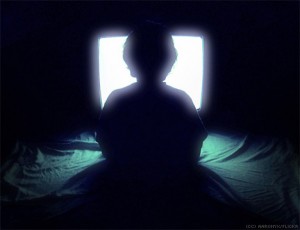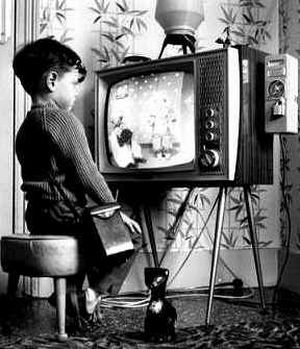A recent dispatch from the continuum of moral panic
One of the latest “it” books for Young Adults to receive moral panic from parents is the dystopian sci-fi trilogy The Hunger Games. In the novels, children must fight for their respective geographical regions in violent, homicidal contests. The books have become very popular, leading to a soon-to-be-released film. But since this novel is aimed at YA readers, its depiction of children waging war upon each other – even killing one another – has ruffled the feathers of some parents. In this article dating from October, 2010, a New Hampshire parent of an 11 year old daughter has called for her local school district to remove the book from its reading schedule. The mother claims that her 11 year old had nightmares after reading some of the novel. She also claims the violence depicted could numb some children.
These concerns fit into class discussions on moral panic. Such worries over violence are echoed in our studies on comic books. Worries over a detrimental numbing effect coincide with our studies on parental fears of television. In both cases, the New Hampshire parent prefigures negative ramifications on her child – and other children – due to exposure to what she deems questionable subject matter involving violence.
The article goes on, however, to voice others’ opinions about the propriety of the novel and the demands one parent can have over a group of children. A censorship expert cautions against this tyranny of the minority in the article. She claims that these issues are very delicate, but ultimately it isn’t right for one parent to hold sway over a curriculum involving 20 or more children. This underlines an important aspect of class discussions on moral panic. Who exactly is right? The parent (or parents) objecting to material or those who refuse to censor creative expression? At the time of the article, neither side is victorious. A committee had been formed to discuss the book and make a decision. What they decide will effect whether the book is banned, or if it will continue to be read.
On an interesting side note, the article mentions that the book is being read as an alternative for children who choose not to take a foreign language class. In my opinion, that should be what the outrage is about. How a pop culture, YA book can stand in for exposure to another culture’s language is beyond me. It seems silly to get into an uproar over “appropriate content,” but not to be concerned with a lack of interest children have (or are motivated to have) in learning a new language.







